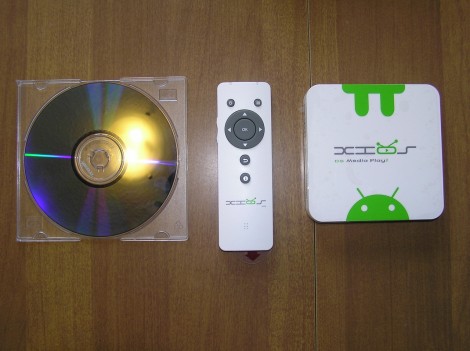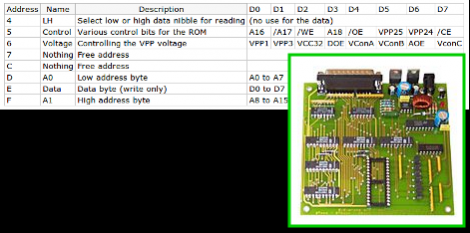So you need to debug a circuit and you don’t have an oscilloscope. That’s not a problem thanks to [retronics] $0 Android oscilloscope, made with parts he just happened to have lying around.
The heart of every modern oscilloscope is the ADC – the chip that takes analog input and outputs a digital signal. Every Android device has one of these converters connected to the microphone port. All [retronics] needed to do was solder up a 3mm headphone jack, wire in a few resistors, and attach a pair of alligator clips. After installing an oscilloscope app, [retronics] had a half decent ‘scope.
Yes, this is truly a poor man’s oscilloscope, and [retronics] probably won’t be debugging high frequency RF circuits with his Android microphone jack anytime soon. Low frequency stuff such as audio is where this ‘scope really excels; even more so if a small preamp is thrown into the mix.
You can check out [retronics]’ build after the break. Sure, it’s not something for precise and calibrated measurement, but sometimes you only need a tool that will do the job.
Continue reading “Android Oscilloscope Built From Parts Just Lying Around”















